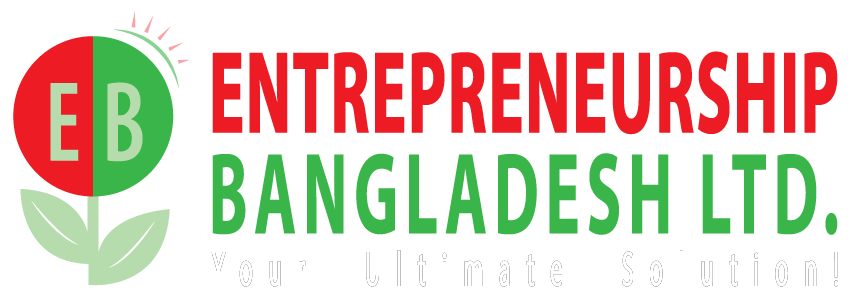Ceramics
The ceramic industry has been one of the expanding manufacturing sectors of Bangladesh. The sector caters to 85% of the local demand as the country experiences steady economic growth and urbanization and progressing towards being the third largest export sector in the next five years.
Overview
The ceramic industry started its journey in 1958 and currently consists of around 65 producers of traditional ceramics such as tableware, tiles, sanitaryware, insulator, heavy clay etc. The total domestic market consumption for ceramic products amounted to USD 660 million in FY2017-18 and local production meets the demand of 96% of tableware, 77% of tiles and 89% of sanitary ware. Over the last decade, the Bangladeshi ceramic industry has witnessed a multi-dimensional growth in both domestic (20% average annual growth) and export markets (26% during the last three years), and approximately 200% growth in production capacity in the last 5 years. The sector directly employs around 48,000 people and is estimated to indirectly employ over 500,000 people.
Bangladeshi ceramics products are exported to more than 50 countries including the UK, the USA, Italy, Spain, Norway, France, Netherlands, Australia and more. According to Export Promotion Bureau (EPB), ceramics export earnings amounted to nearly USD 70 million in FY2018-19, an increase from USD 52 million in FY2017-18, becoming the seventh largest export item from Bangladesh and is forecasted to become the third largest in the next five years. US-China trade tension and rising European demand have been the major catalyst for export growth. Global market for ceramic products is expected to be worth USD 408 billion by 2025 and the country’s ceramic manufacturers are positioned to capture a slice of this expanding world market.
Bangladesh Ceramics products are exported to more than 50 countries.
65% value addition in ceramic product manufacturing.
The country caters to 96% of tableware, 77% of tiles and 89% of sanitary ware demand through local production
Market Size
0
mUSD
Compounded Annual Growth (2014-2020)
0
+
Penetration ratio
0
%+

LEED certified green garment factories
0
Bangladesh
Competitive Advantage
Rapid Urbanization with growing middle-income class
The country has been experiencing steady economic growth and urbanization with millions of people moving into higher income bracket. With improved standards of living and urban lifestyles, there is future opportunity for growth in the Ceramic sector.
Duty-free market access
Bangladesh has duty and quota-free access to 52 countries (Generalized System of Preferences: GSP) covering the EU, United Kingdom, Japan, Canada, Russia and Australia, etc. This facility enhances the export competitiveness of ceramic products from Bangladesh.
Competitive workforce
Bangladesh has comparative advantage over other Asian countries and China by offering abundant and low-cost workforce to its manufacturing industries. The relatively lower labor cost available for local production will continue to put the Bangladeshi ceramics industry in a stronger position.
Access to industry-academia collaborative research and skill development
Industry-academia collaborative research in the ceramics sector in the country has been developing new breakthrough technologies. Academic institutions such as Bangladesh University of Engineering & Technology (BUET) offers highly capable Research and Development facilities on advanced ceramics. Bangladesh Institute of Glass and Ceramics (BIGC) provides technology and skill training to the industry.
Manufacturing of advanced ceramics
Bangladesh is eyeing to tap into a promising and high value-added segment of “advanced ceramics” that are used for energy conservation, water purification, electronic and biomedical applications. Global market for this segment is projected to reach USD 140 billion by 2025 at an annual growth rate of 10%. Foreign investment is highly expected to develop such value-added products as below, possibly in collaboration with local producers to cater to the specific needs of domestic market
Refractories: High-alumina refractories product, silicon carbide, silicon nitride, magnesium silicate
Advanced Ceramics: Bio/ dental/ magnetic ceramics, ceramics for machine tools, semiconductor chip, photonic/ optical applications, etc.
Production with Energy-efficient technology
The ceramics industry is energy-consuming and given their limited access to source of energy such as gas, the local producers have been looking for transitioning into more energy efficient production with less carbon dioxide emission. Foreign investors are welcome to contribute to making local production more energy-efficient by introducing energy-saving equipment or technology, through partnership with local industries via joint-venture, etc.
Production Automation
Modernization and automation of plant facilities of local ceramics manufacturers are essential to improve their production quality control. Foreign investors are welcome to contribute to the upgrading of local production facilities, which usually involves technology transfer and skills training on quality control, production management, machinery operation and maintenance, through partnership with local industries.
Incentives related to the Ceramic Sector
The current Export Policy by the Ministry of Commerce (MOC) recognizes ceramics sector as special development sector with export potential.
- An array of tax exemption available for industrial investments such as import duty exemption on capital machineries
- 50% tax exemption for income derived from export.
- No VAT imposition on export goods.
- Bonded warehousing facility for large import of materials.
- 10% export subsidy/ cash incentive on export value.

